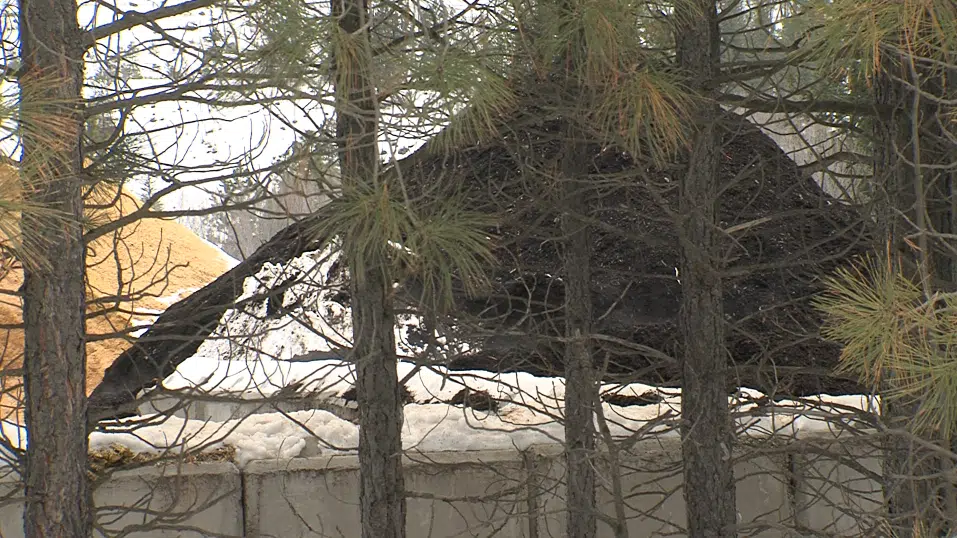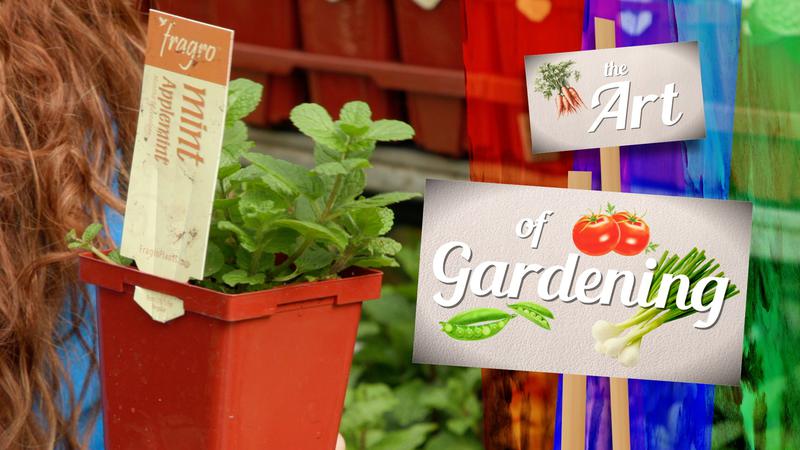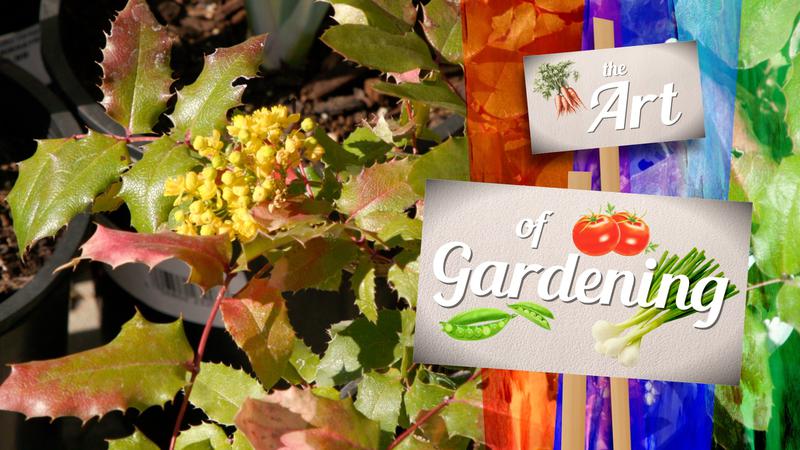
PETERS: Our biosolids, our business
HUMANS HAVE NEVER BEEN especially good at dealing with our waste.
We like to do silly things with our garbage like toss it out the window of our cars for someone else to handle.
Just slightly better is our brilliant plan to collect our garbage in big mountains before burying it under a thin layer of topsoil, the perfect embodiment of “out of sight, out of mind”.


